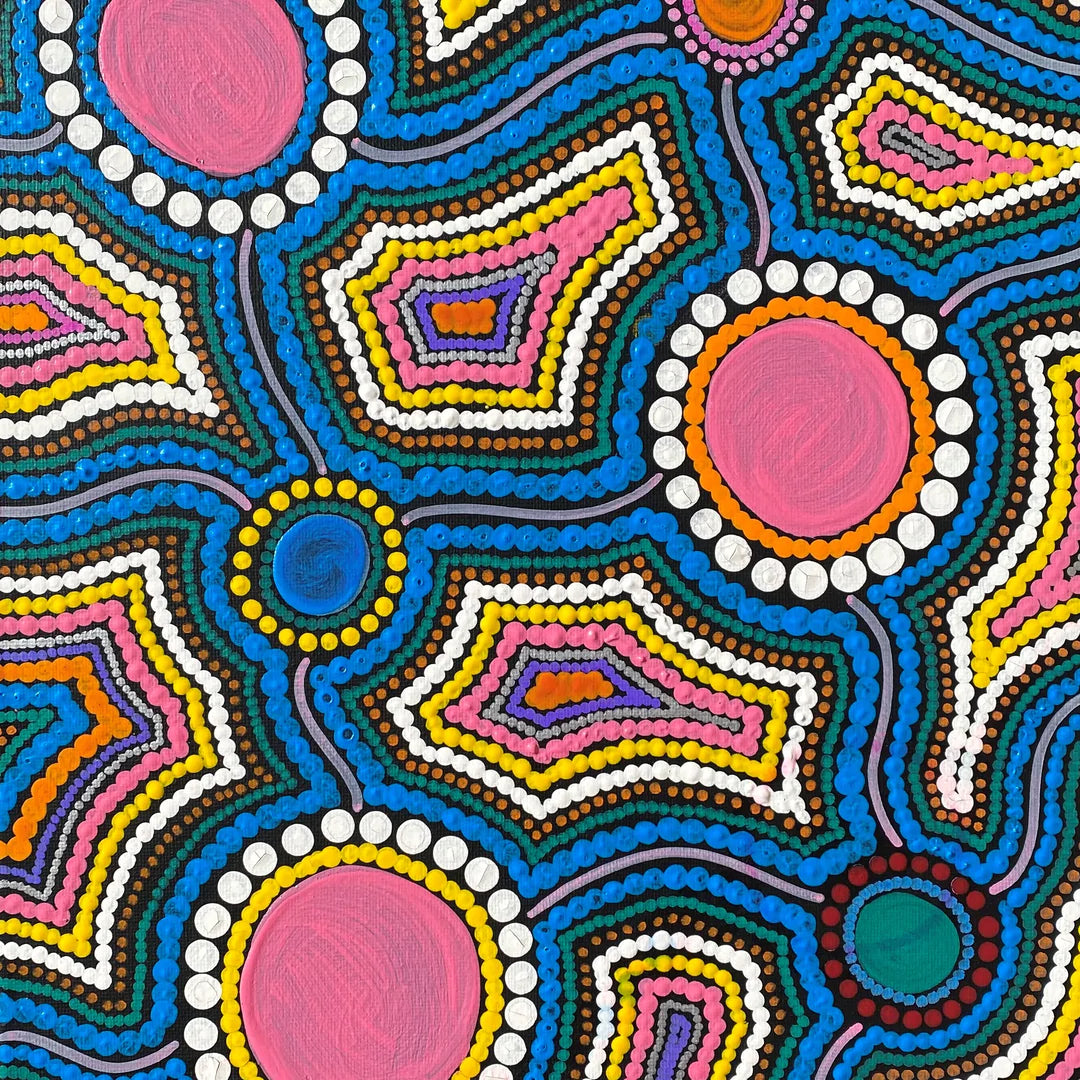Our Story
Brodie George is the visionary, owner and operator behind Kitikiti.
3 years ago Brodie chose to only use cosmetic products that were either natural, cruelty free, vegan, non-toxic and Australian made.
The biggest impact of the change was switching to a natural deodorant. This prompted Brodie to pursue the creation of her own product and brand.
Fortunately Brodie already had an external small business formulating products for her eyebrow salon - Browmania, to which a formula was developed upon request and turned out to be the best seller in salon.
The later half of 2021 Brodie decided to pursue studying Aromatherapy and natural skincare formulation with Joanne Lang from Eclipse Living Essence Aromatherapy who has more than 30 years experience in Aromatherapy, Remedial and Lymphatic Massage along with formulation.
Brodie learnt a solid grounding in the history and science of the ancient art that is Aromatherapy obtaining IICT accreditation. This included one on one training with Joanne intensively learning how to formulate products and learning the basics of natural skincare.
As of 2022 all products are hand formulated and blended by Brodie including some native flora from her home country to make the brand even more unique.
Based in Perth Brodie's Aboriginal cultural heritage is Walmajarri from Fitzroy Crossing in the Kimberley, Western Australia.
Each product label name is from the Walmajarri language to describe either ingredients or packaging.
Brodie paints all of the artwork for the labels on all of her products to represent Aboriginal culture in the beauty industry.

How We Are Sustainable
Beauty products are contributing billions of units yearly, accounting for a huge portion of environmental waste - which is why Kitikiti endeavours to source sustainable packaging.
Sustainable cosmetic packaging consists of material that later on gets processed according to the 6Rs—reduce, reuse, recycle, rot, re-purpose and repair.
Using sustainable packaging helps minimize greenhouse gas emissions—the so-called “carbon footprint”—which add to global warming. It also helps reduce waste and conserve natural resources for the next generation.
Downside is sustainable cosmetic packaging is not always pretty or functional depending on the product; Biodegradable packaging often becomes discoloured due to the oils in the products that start to 'sweat' - a common occurrence with any oil based product.
There are no issues with the product itself - just that the packaging doesn't look as pretty as intended.
Another factor to keep in mind is that materials are not always as strong as other packaging on the market (plastic). Paper can only be recycled six times before its fibres completely give way and lose functionality. Bioplastics (aka biodegradable packaging) can be degraded simply by prolonged exposure to air, which oxidizes.
Kitikiti acknowledges the disadvantages to using sustainable packaging however I believe the pros outway the cons which is why Kitikiti strives to use the most eco-friendly packaging where possible as this aligns with the brand morals and values.
INTERESTING FACTS:
Cardboard degrades in landfill in just 2 short months and is widely recyclable but requires 60% new energy to do so.
Aluminium can be recycled an unlimited amount of times and only needs 5% new energy to do so however takes 250 years to degrade in landfill.
Plastic degrades in landfill over 450 years but only uses 10% of new energy to recycle however it can only be recycled 1-2 times.
Glass (clear, brown, green) takes a million years to degrade in landfill yet it can be recycled an unlimited amount of times however it needs 70% new energy to do so.



